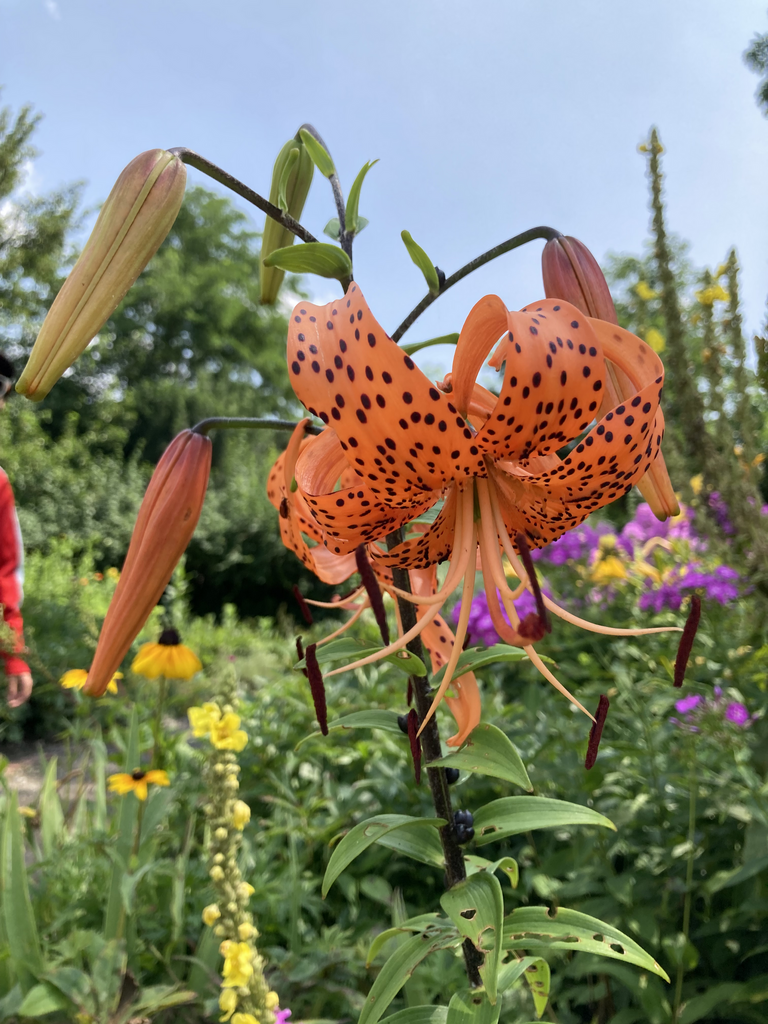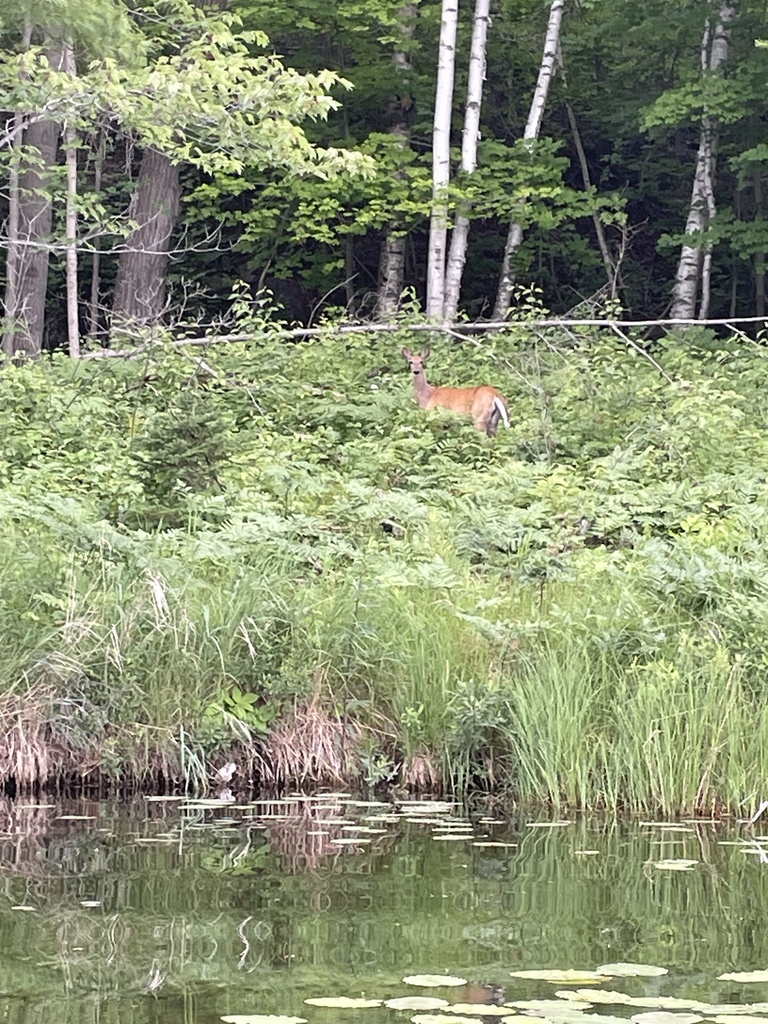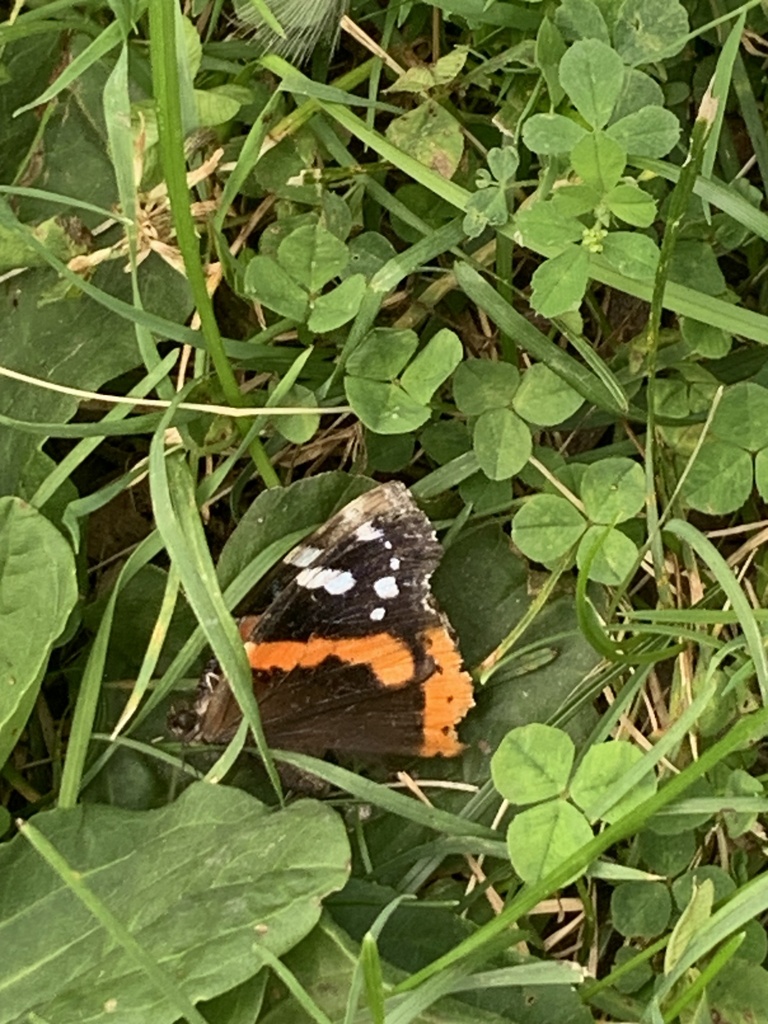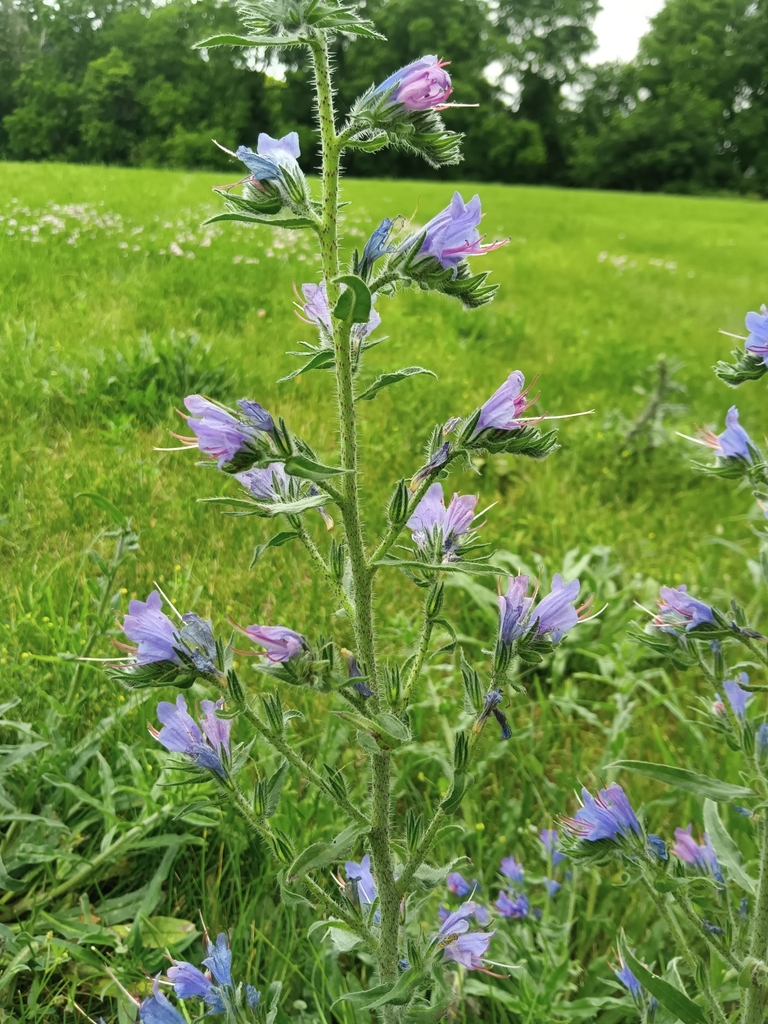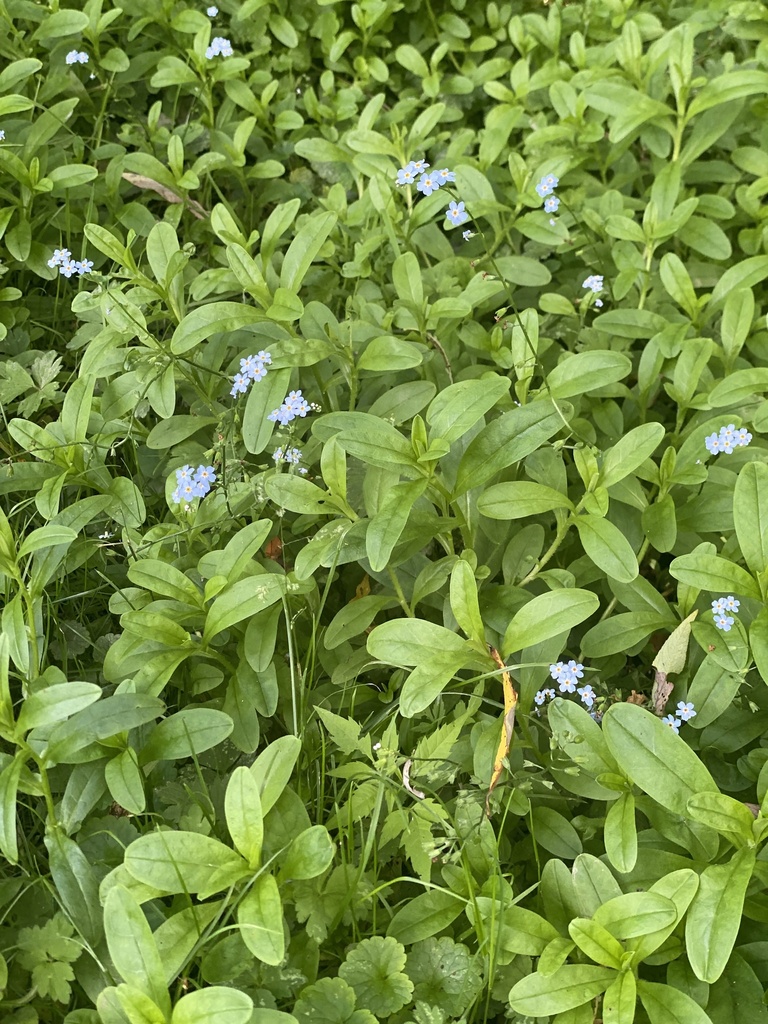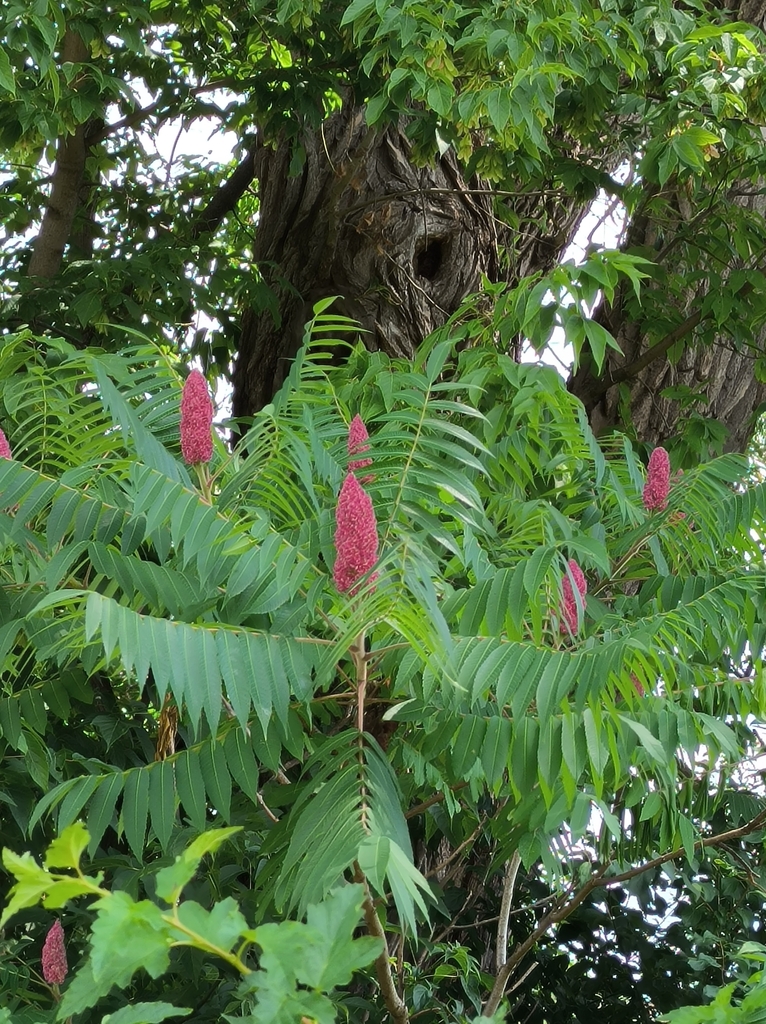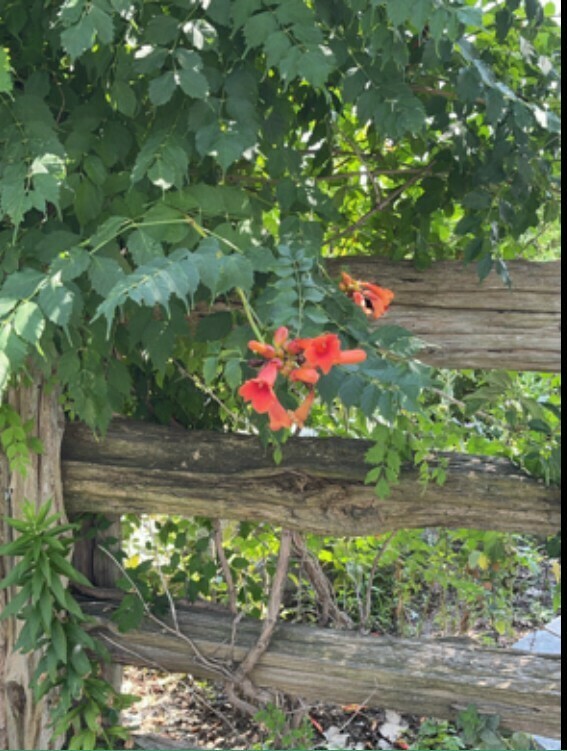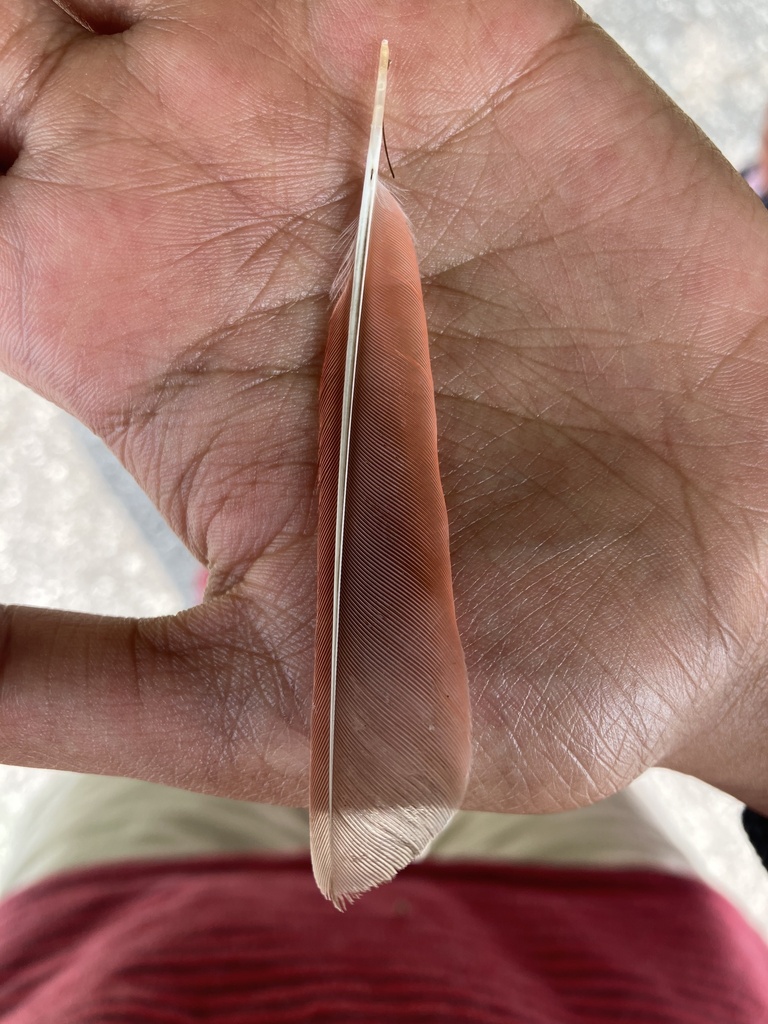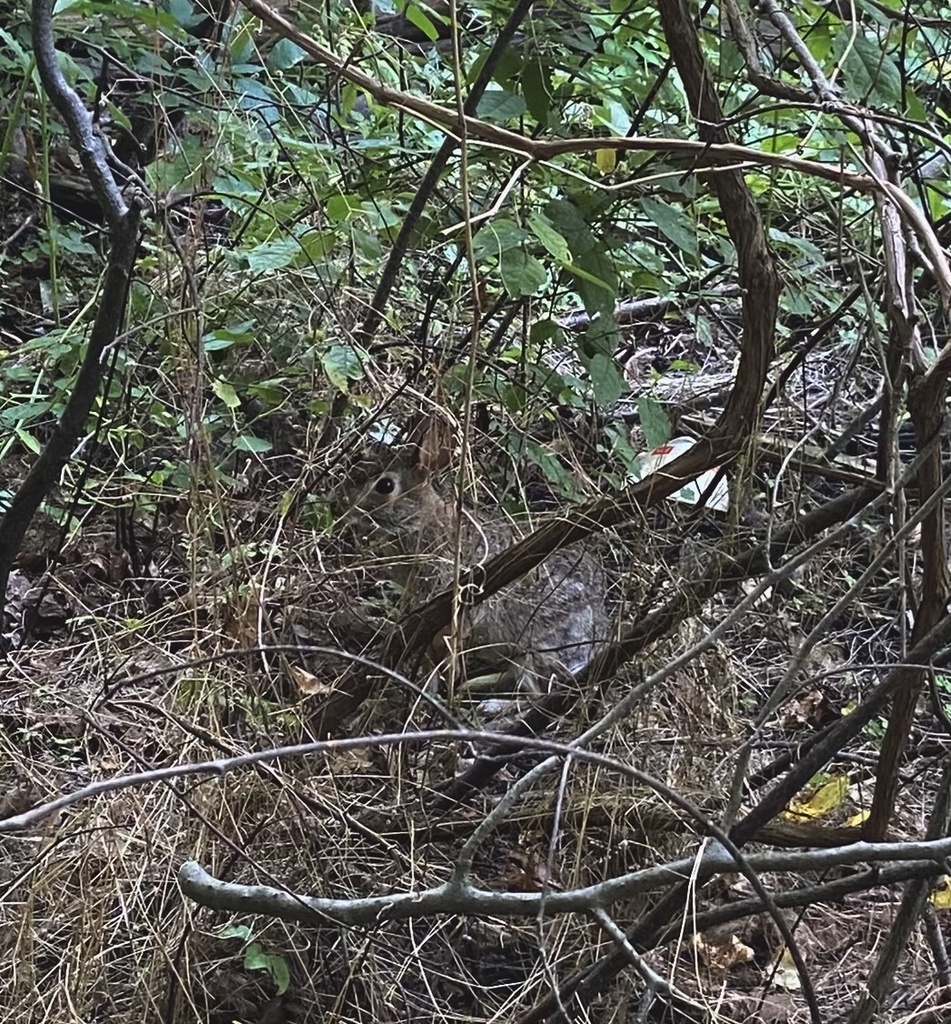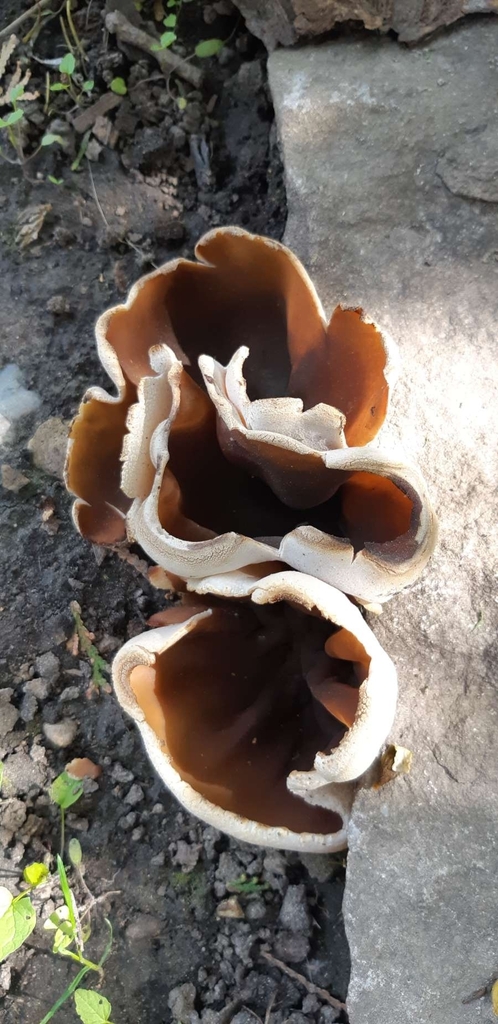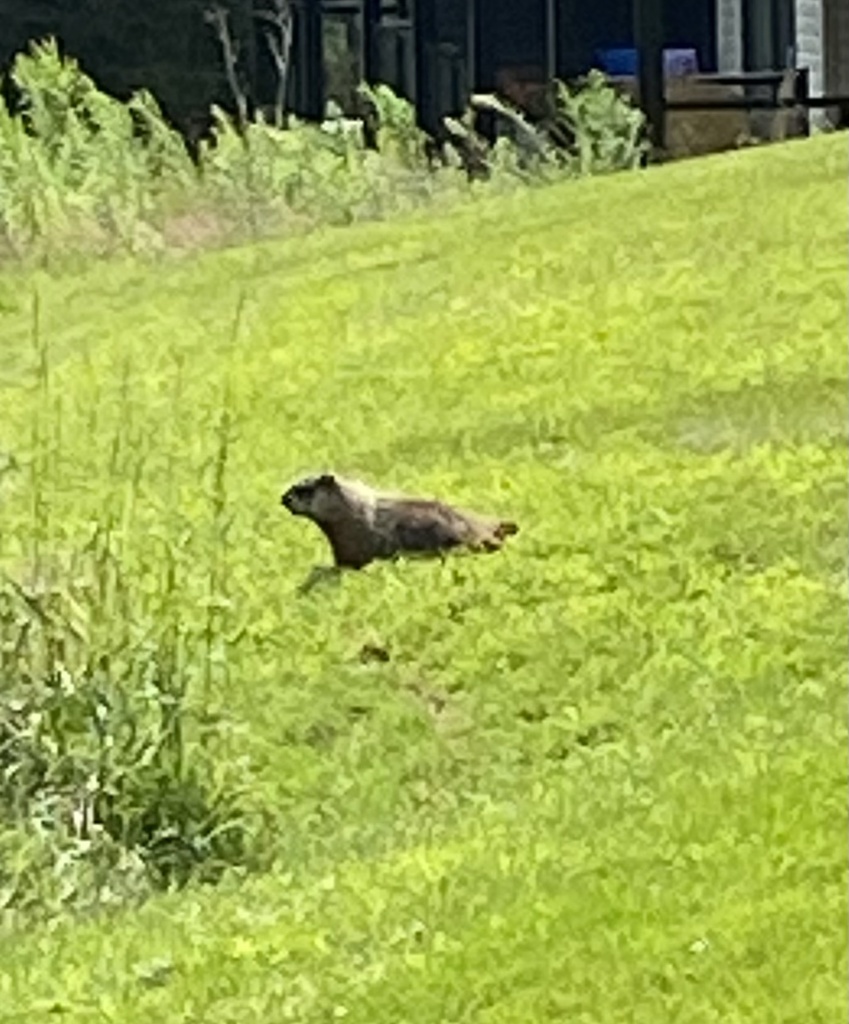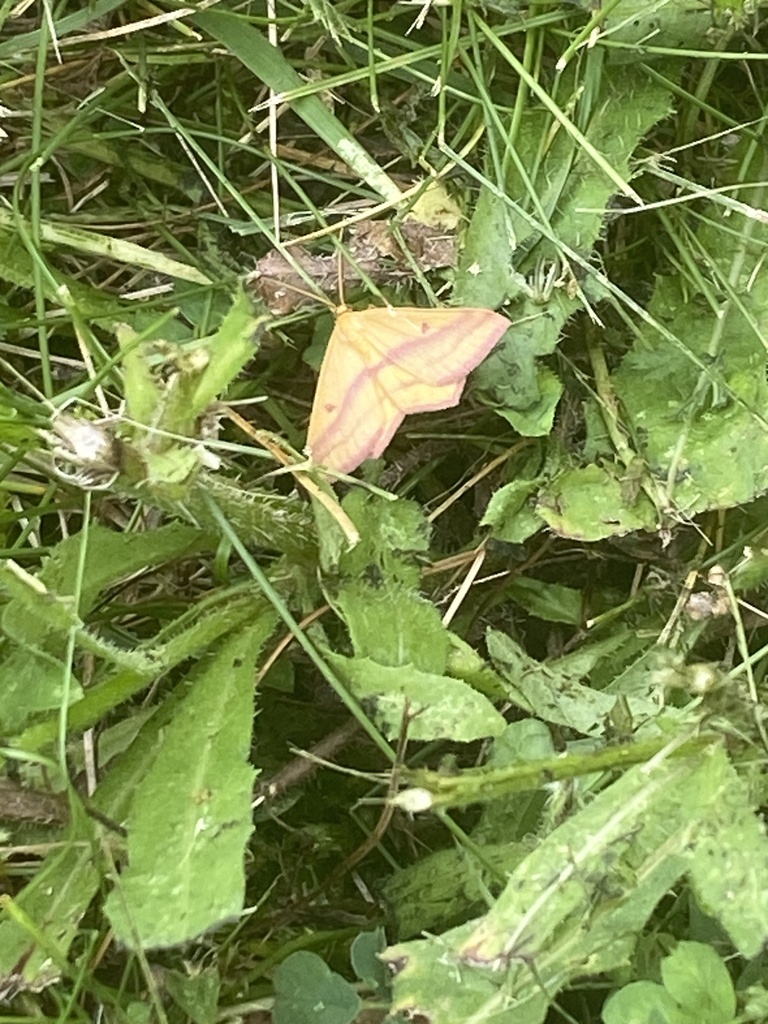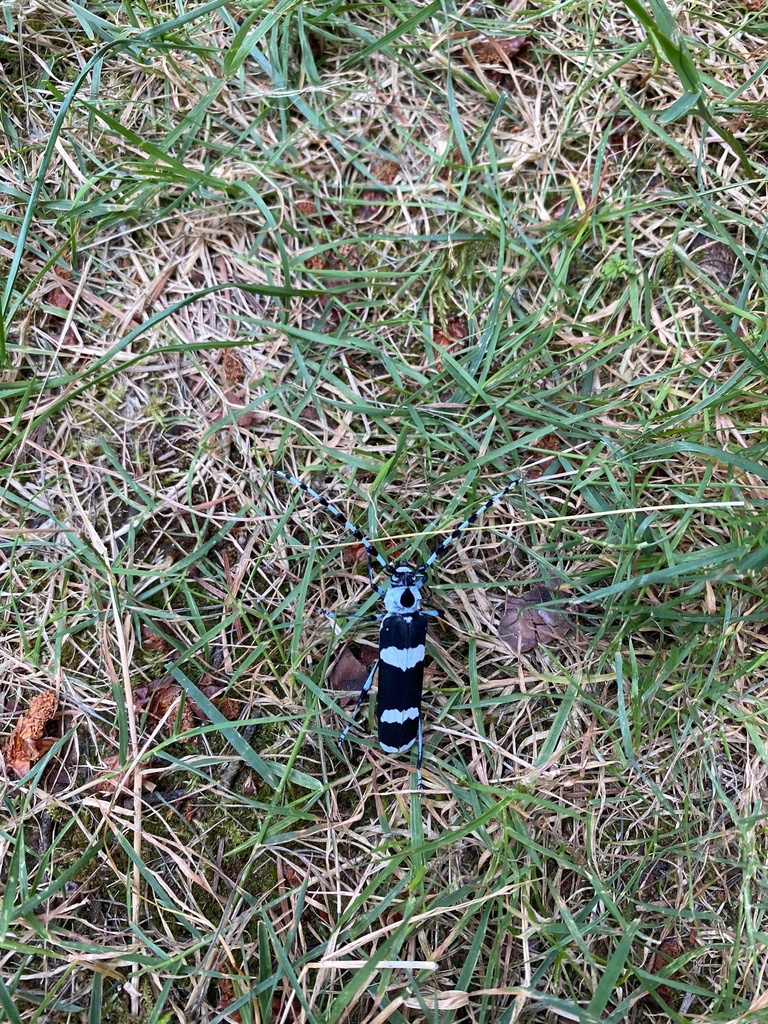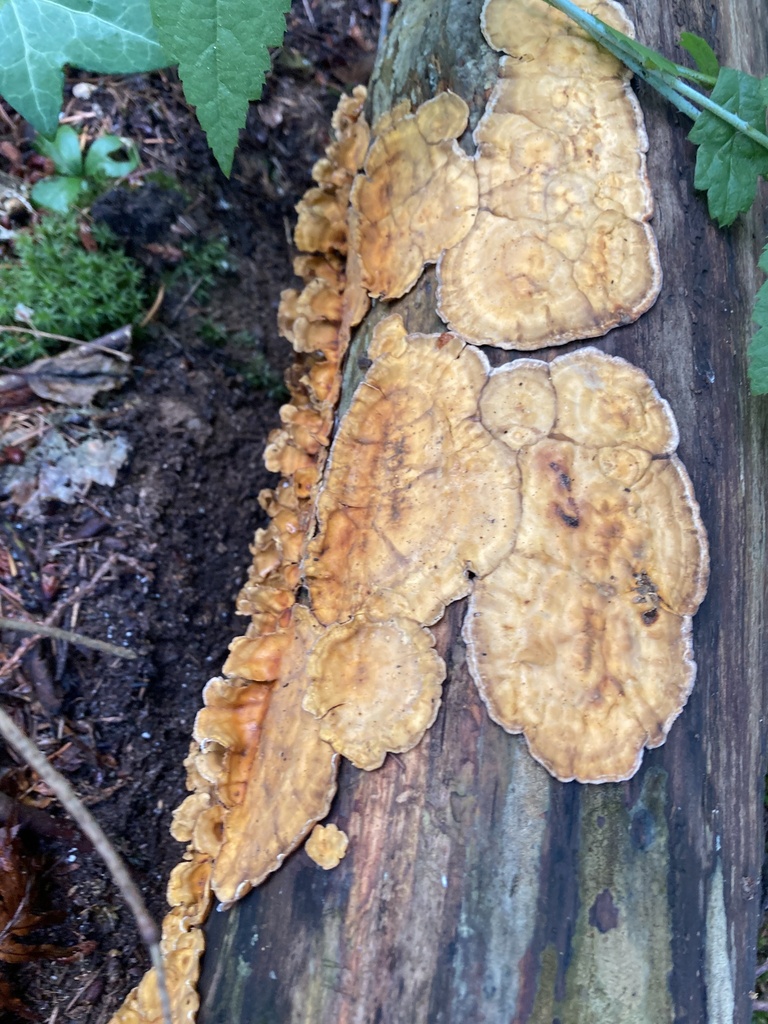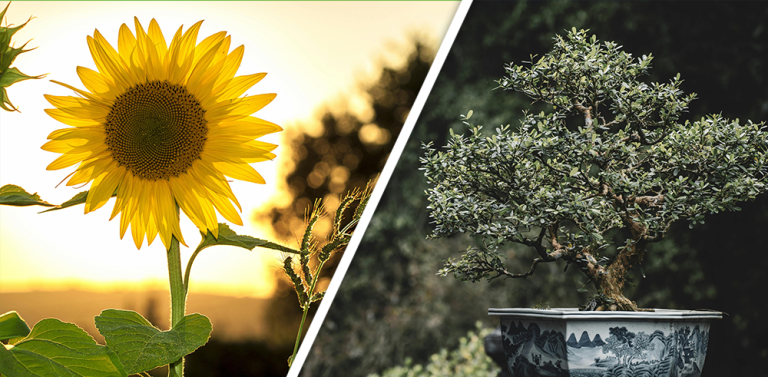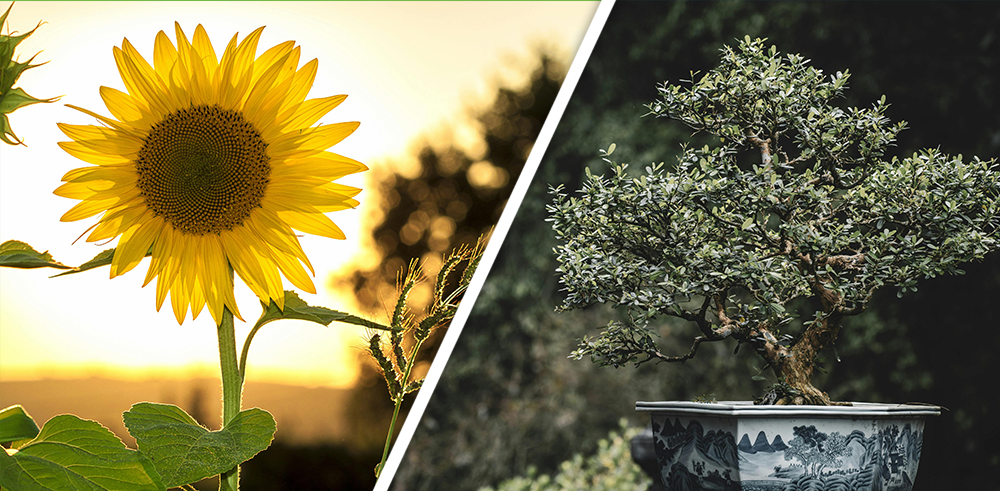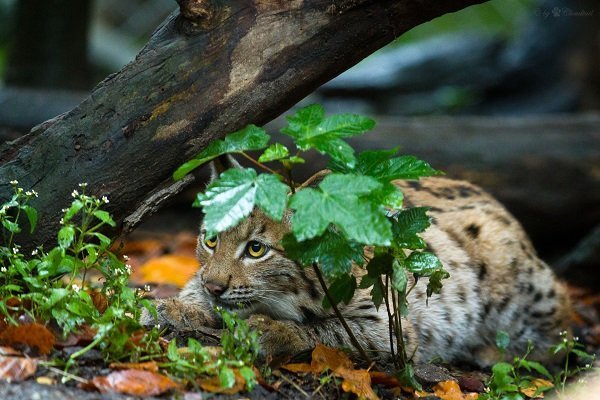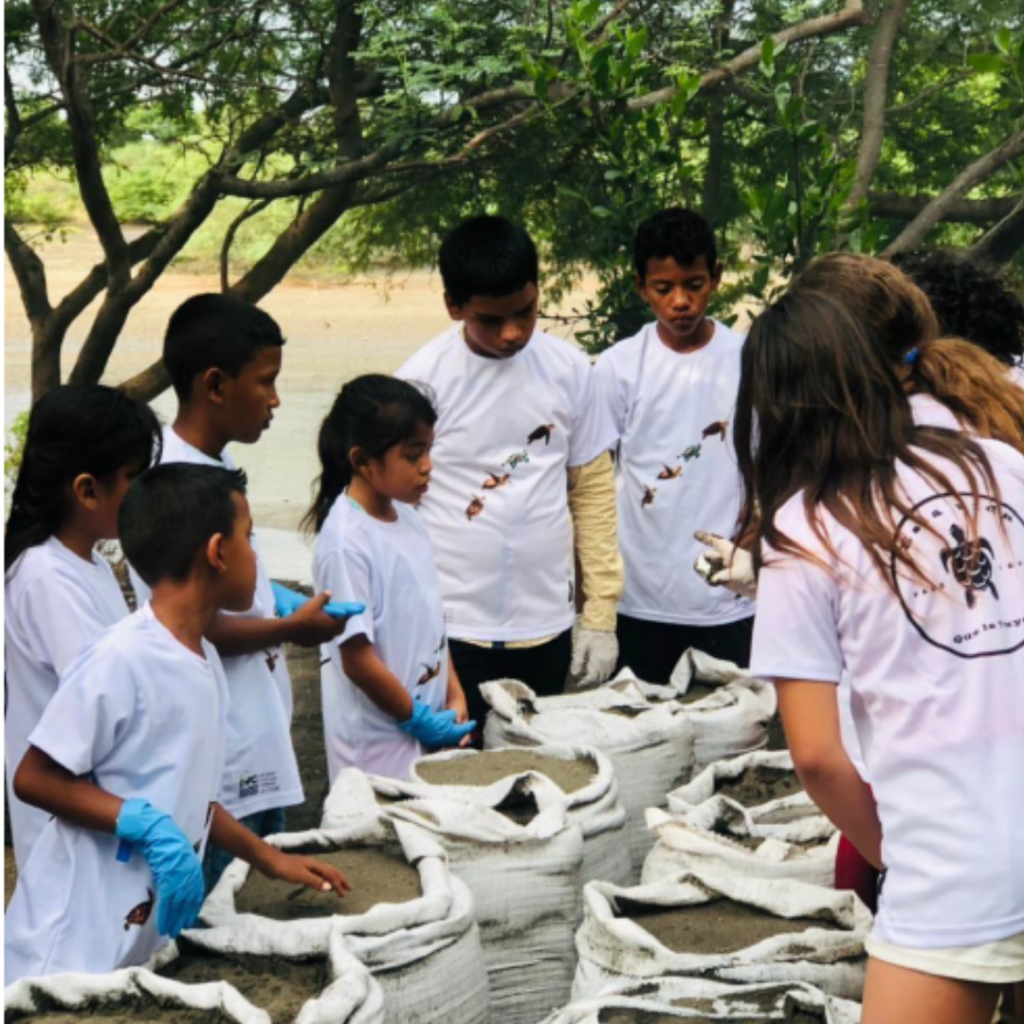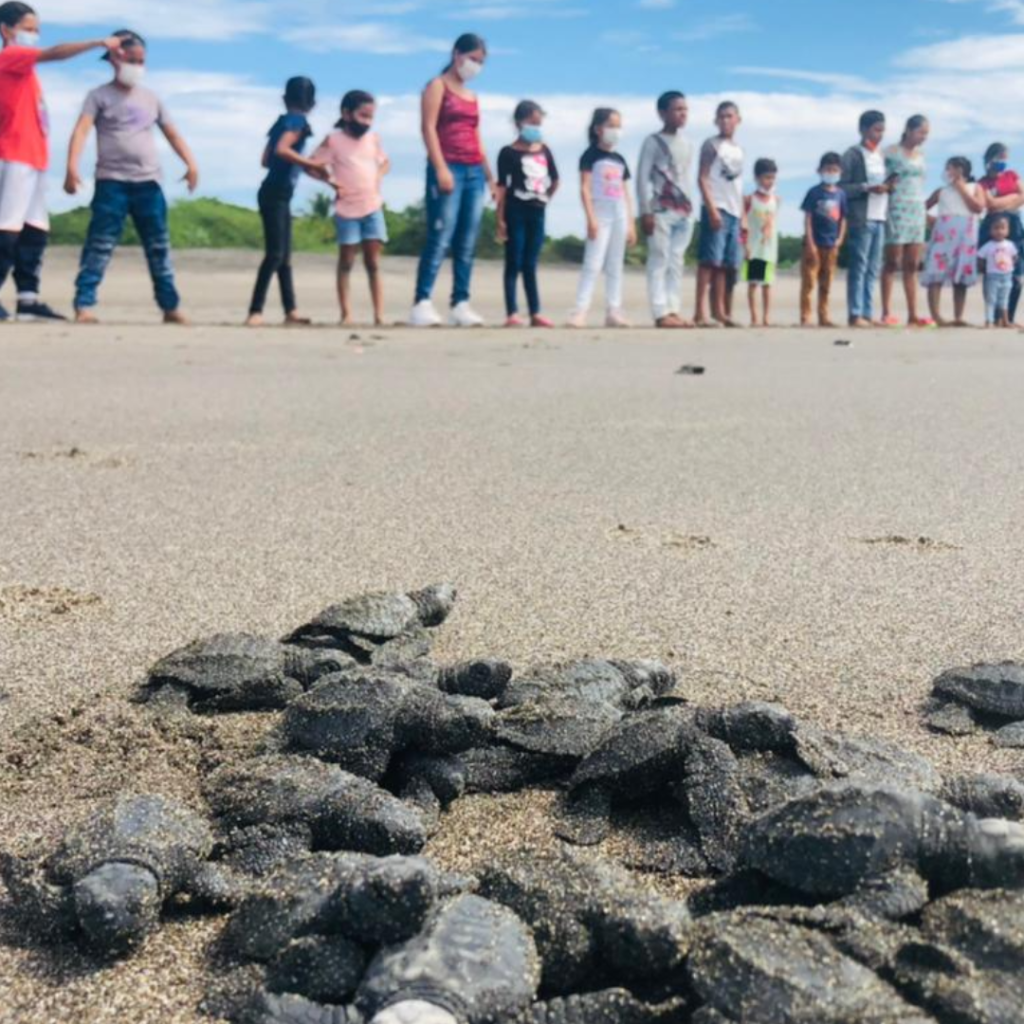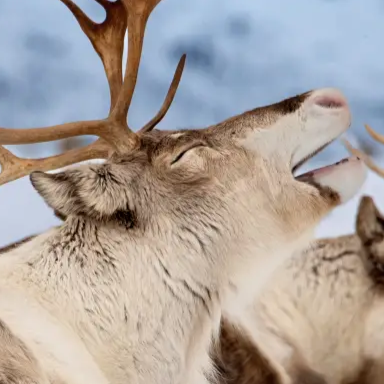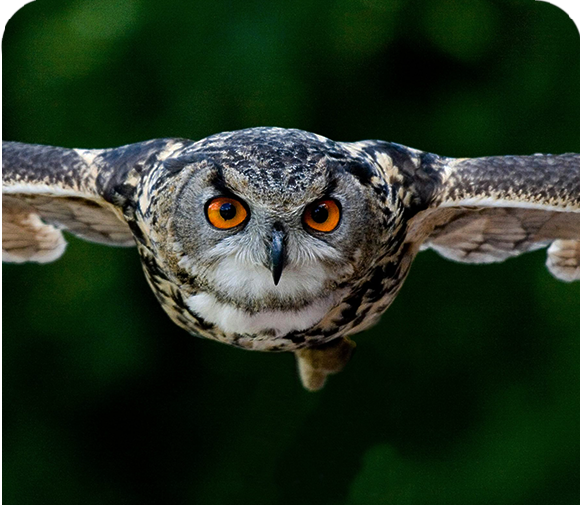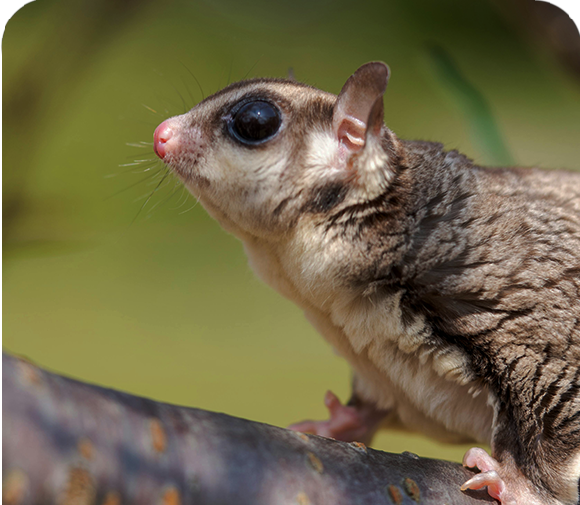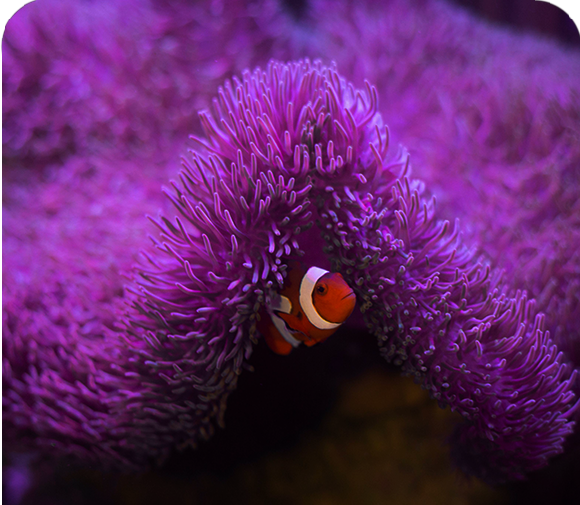Teens took a stand for wildlife in 2024 to help raise awareness and funds for conservation. By using their unique skills, ER Teens raised hundreds of dollars to support habitat protection projects for species such as river otters in Ontario’s Frontenac Arch, jaguars in Costa Rica, swift foxes in Saskatchewan, and polar bears in Northern Canada.
Special thank you to Christina Ingraldi, Director of Development at Earth Rangers, for sharing fundraising tips with participants!
Have a look at their creative fundraising ideas!

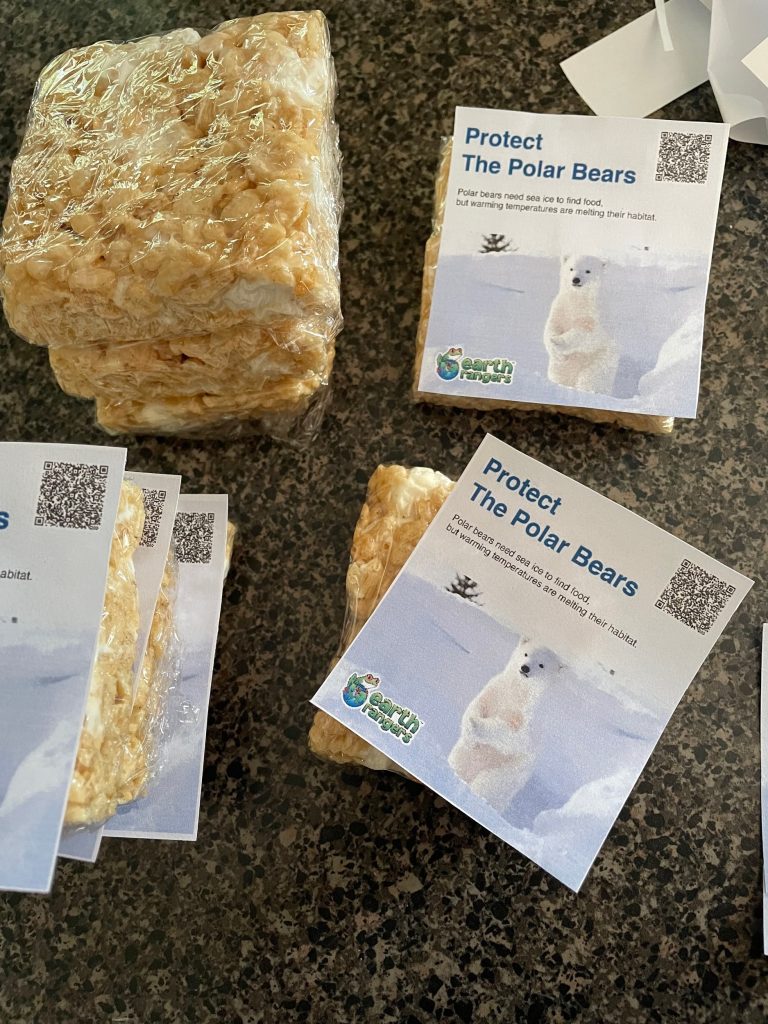
Amanda, Yunie & Celine held bake sales at school to help others learn about polar bear protection, and raise money.
“Celine loves to bake, so we thought it would be a great idea to host bake sales, while Yunie enjoys designing, and so she made the information cards, and Amanda enjoys planning so she was able to gather our ideas and organize them. We were all able to use our strengths in this fundraising event!”

Sunita raised over $290 for river otters with the help of her friends and family, and by selling baked goods at school.
“I felt nervous, but also fulfilled and happy because I knew that I was taking tangible action to make a difference in my community. I enjoyed raising awareness for wildlife and seeing the wonderful reactions people had to my initiative”
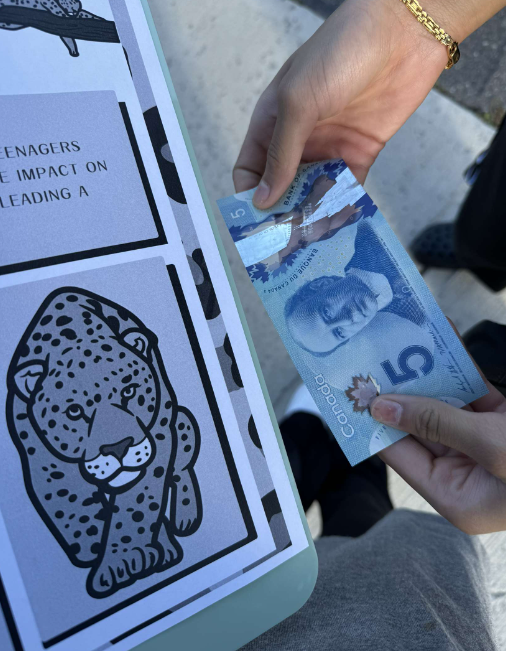
Luxmie, Nancy & Sanvi spread the word in their community and collected donations for the jaguar campaign.
“We felt excited and eager to work on this project as not only were we able to spend time together but additionally were making a difference by raising awareness.”

Sophie’s animal of interest was the swift fox. She learned about swift foxes in the wild then created pamphlets to help educate others. She also took a stand by having her own roadside stand with cookies, origami foxes, and fox corner bookmarks.
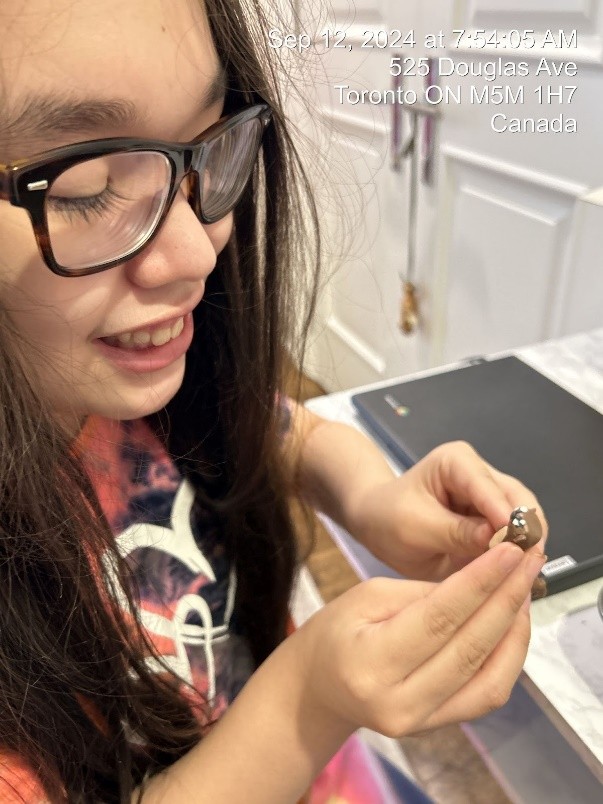
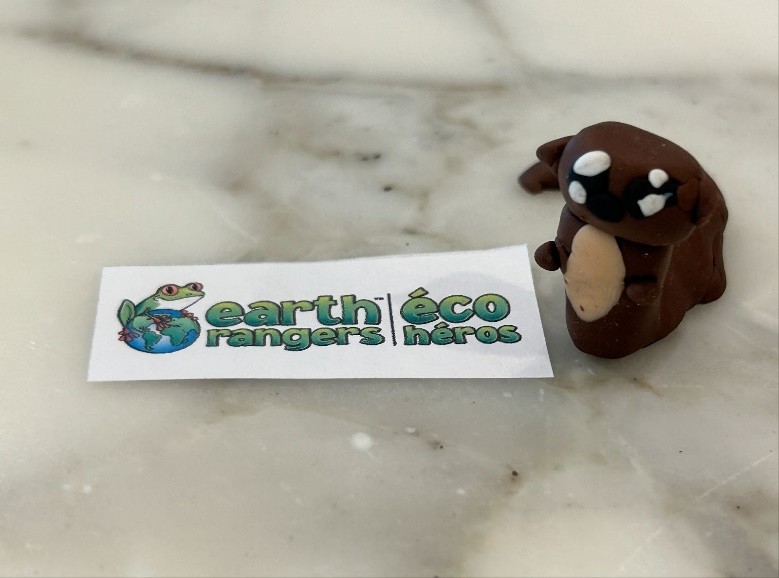
Sisters Natasha and Sienna combined their interests in conservation and clay-making to create adorable replicas of the species they helped raise awareness for. “I felt engaged with the Earth Rangers team at the Zoom meeting because they knew how special it was for me to help save these animals.”

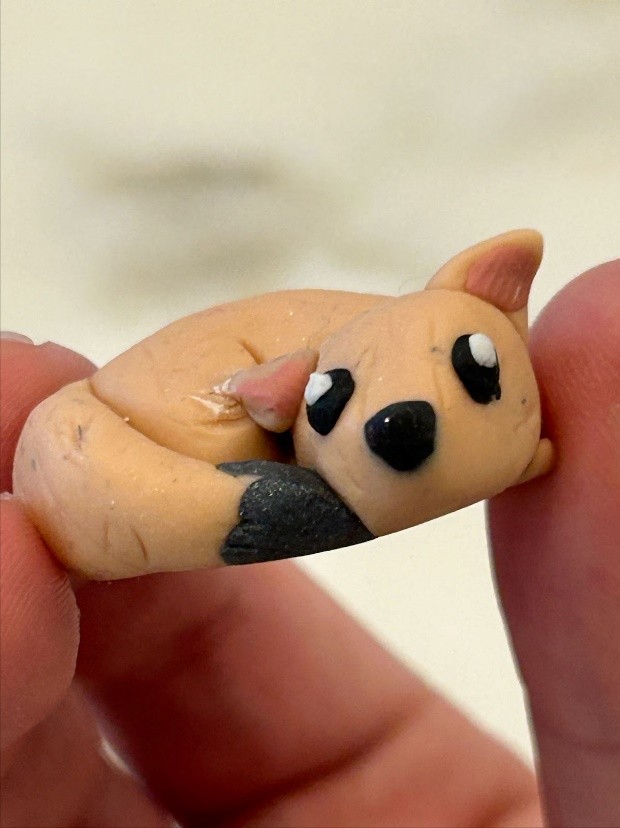
“I care deeply about the protection of animals and their environment, and this project made me greatly appreciative of the swift foxes and their land. I learned a lot of new information I had never known before, and when I found out about the dropping swift fox numbers in the wild, I knew I had to help save them from extinction.”
Shoutouts to ER Teens Clare and Eshal for participating in Take a Stand for Wildlife and supporting river otters and swift foxes!



